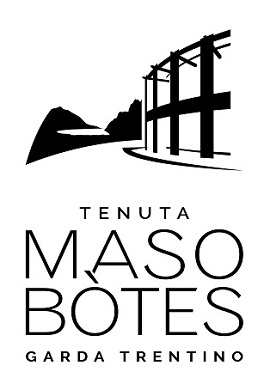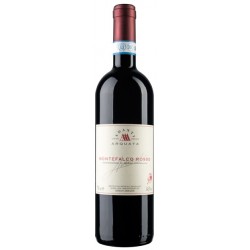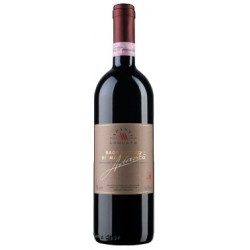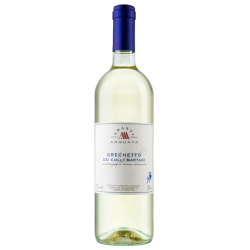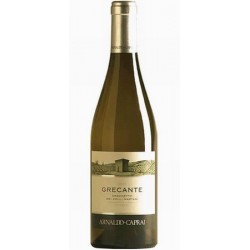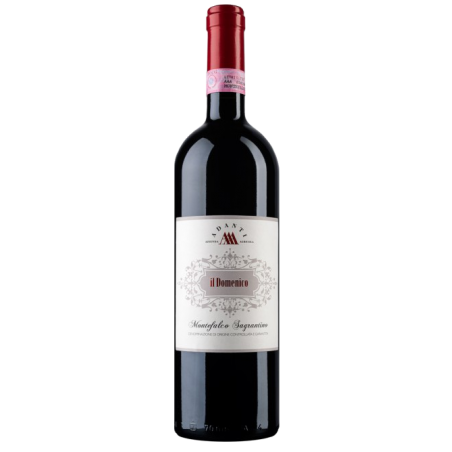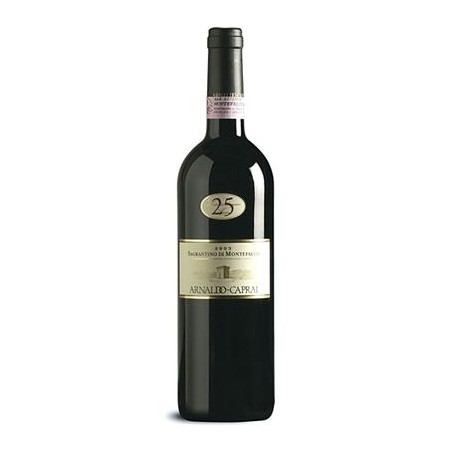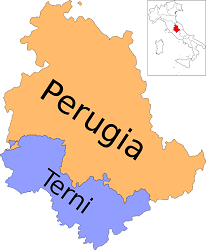

History and Tradition According to historic sources, the territory occupied by the Umbri people was much wider than today's Umbria, reaching inland along the eastern bank of the Tiber and up north all the way to the Po Valley. Human presence in Umbria is documented by graffiti dating back to the Earlier Paleolithic period. In fact, Pliny the Elder said the Umbri were the most ancient race in Italy, crediting their Greek name Ombrikoi, or "rainy", to their survival from before the primeval flood. The first contacts between the Umbri and the Romans were mostly commercial, then later became political and military. Eventually, the process of "Romanization" of the territory was completed by the emperor Augustus with the foundation of colonies such as Spoletium (today Spoleto) and the organization of the territory along the Amerinian Way that linked Nepet (Nepi) with Clusium (Chiusi). Umbria then became the 6th regio or “region” of the Roman Empire. The Roman aristocrats, masters in combining business with pleasure, created the concept of villa a large farmhouse complex including an elegant domus (the master residence), rural buildings and huts for the sometimes hundreds of slaves who took care of the property and, scattered in the fields, the casae or “houses” of the farmers. Besides functioning as a place of agriculture production, the villa was an ideal place for leisure (otium in Latin), a staple of the prosperous Romans' way of life in the age of Empire. After the fall of Rome, the area was occupied first by the Goths and then by the Byzantines before being integrated into the powerful Lombard duchy of Spoleto. In the 12th centuries free communes were developed in most cities and either local autonomy or petty tyrannies prevailed until the 16th century when the popes conquered Umbria — with the exception of the city of Gubbio. Umbria was ruled by France from 1798 to 1800 and from 1808 to 1814, until the fall of Napoleon, when it was restored to the papacy. After several revolts against papal rule, in 1860 the region voted to join the kingdom of Sardinia, which included the Tuscan and The Marches regions as well. Today's Umbria is a landlocked, hilly region in where modest, family run farming and cattle ranching represent the main occupations. The industrial revolution of the 20th century brought several hydroelectric plants, particularly on the Nera River. Manufacturing includes chemicals, iron, steel, processed food, cotton and woolen textiles. Umbria's popular visitor destinations include world-famous Assisi and Spoleto in addition to Perugia, Orvieto, and Castiglione. The Wines Though the wine production in Umbria is limited the quality is outstanding and includes the Orvieto DOC, one of the best known and appreciated Italian whites produced around the city with the same name. It is a blend of four to five grapes, primarily Procanico, known also as Trebbiano Toscano (40% to 60%), Verdello (15% to 25%), Grechetto, Canaiolo Bianco, known also as Drupello, and/or Malvasia Toscana for the remainder. It is mostly found in the dry variety but, if you travel to the town of Orvieto, be sure to taste the Abboccato or “semi-sweet” variety. Another little known wine produced and consumed locally that is a must tasting when traveling through the area is the Sagrantino di Montefalco DOCG. This wine is made with of at least 95% of Sagrantino grapes. It is delicious with local meat, rich pastas and strong-flavored cheese recipes. It often reaches 14% alcohol by volume, just below the alcohol gradation of dessert wines such as Marsala, Sherry and Port. Other regional wines include the Torgiano Rosso Riserva DOCG and the Assisi, Colli Altotiberini, Colli Amerini, Trasimeno, Colli Martani, Colli Perugini, Lago di Corbara, Montefalco, Rosso Orvietano and Torgiano DOC.

.png)
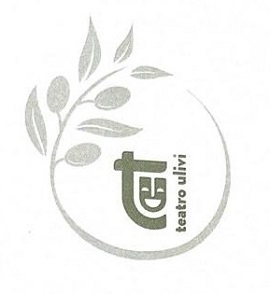

 - Copia.png)

 - Copia.jpg)

